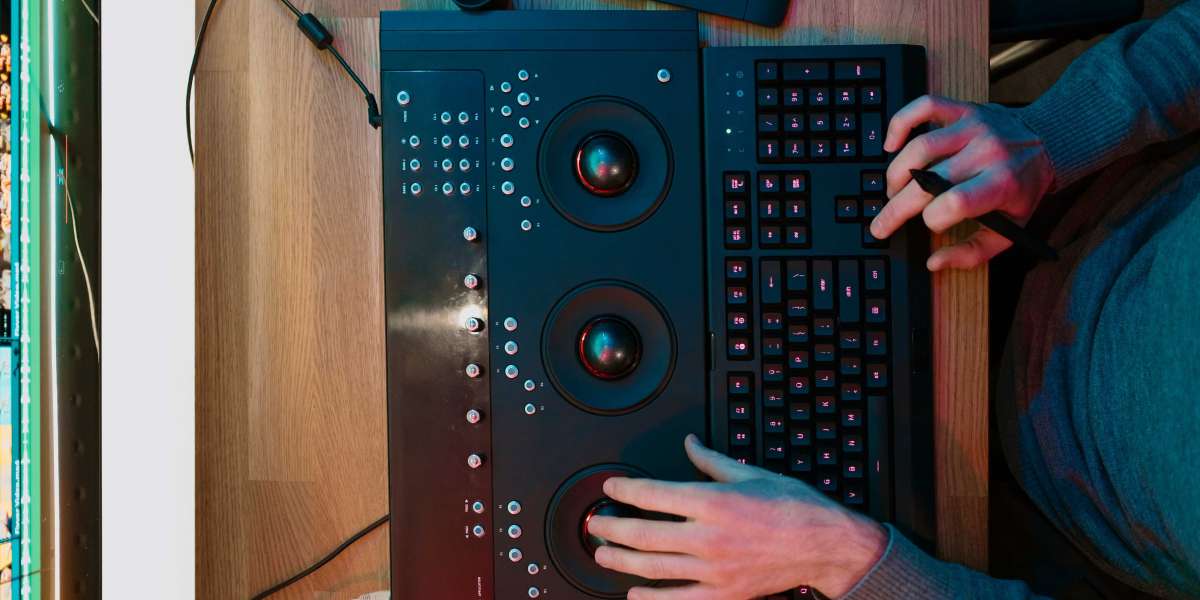In the world of live broadcasting, filmmaking, and digital content creation, video switchers play a vital role in delivering seamless, professional-quality productions. Whether used in television studios, live events, streaming setups, or video conferencing systems, these devices are the backbone of visual storytelling. A video switcher allows users to transition between different video sources, apply effects, and manage visuals in real-time without interrupting the broadcast or recording.
The Basics of Video Switchers
At its core, a video switcher is an electronic device that takes multiple video inputs—such as cameras, computers, or media players—and allows the operator to choose which source to display. In addition, it provides the ability to mix, fade, and overlay visuals to create a dynamic presentation. This technology is essential in professional studios and increasingly popular among online content creators.
The main purpose of a switcher is efficiency. Instead of manually stopping one feed and starting another, operators can instantly toggle between sources with precision. This makes video switchers indispensable for any scenario where timing, coordination, and smooth visuals matter most.
Types of Video Switchers
Modern video switchers come in several forms to suit various applications:
- Hardware Switchers – These are physical consoles used in studios, offering tactile control and advanced functions. They’re ideal for live broadcasts, television production, and sports coverage.
- Software Switchers – Software-based solutions like OBS Studio or vMix allow switching directly from a computer. These are favored by streamers and small production teams due to their affordability and flexibility.
- Hybrid Switchers – A combination of both, hybrid switchers offer the reliability of hardware and the versatility of software, catering to professionals who need robust control and adaptability.
Each type of video switcher is designed for specific workflows, ensuring that users can select the right one based on their production needs.
Key Features and Benefits
The effectiveness of a video switcher lies in its features. Here are a few that make it an essential tool for video production:
- Multi-Camera Control: Allows users to handle multiple cameras, switching between different angles effortlessly.
- Real-Time Effects: Enables smooth transitions, fades, and overlays to enhance the viewer’s experience.
- Audio Integration: Many models integrate audio mixing capabilities for a complete production setup.
- Streaming Compatibility: Some switchers are designed with direct streaming output, supporting platforms like YouTube, Twitch, and Facebook Live.
The benefit of using video switchers extends beyond aesthetics. They ensure professionalism, minimize human error, and create a polished, broadcast-level result.
Applications in Different Industries
Video switchers are not limited to one industry. They play a major role across multiple fields:
- Television Broadcasting: Every TV show or news broadcast relies on switchers to handle camera transitions and insert graphics.
- Corporate Events: Companies use them for webinars, live conferences, and training sessions.
- Education: Schools and universities use switchers for online lectures and live events.
- Entertainment and Music: Concerts and live performances depend on switchers for on-screen visuals and streaming.
- Religious Services: Many churches use video switchers for live streaming sermons and community events.
This wide range of applications demonstrates the versatility and necessity of the technology in modern media environments.
Choosing the Right Video Switcher
Selecting the right video switcher depends on several factors such as the scale of the production, budget, and desired features. Beginners may opt for entry-level switchers that support a few inputs and basic transitions, while professionals may require switchers with advanced chroma keying, picture-in-picture options, and 4K support.
It’s also crucial to consider connectivity options. HDMI and SDI are common standards, and compatibility with existing cameras or systems must be verified before purchase. Additionally, choosing a switcher that supports modern codecs and formats ensures future-proofing the production setup.
Future Trends in Video Switching Technology
The future of video switchers is bright, driven by innovations in streaming and virtual production. AI-assisted switching, cloud-based video control, and automated scene detection are transforming how operators manage live content. Moreover, portable switchers are becoming increasingly powerful, making professional video control accessible to independent creators and small businesses.
Conclusion
In today’s fast-paced digital media landscape, video switchers have become indispensable tools for achieving seamless visual control and professional-quality production. From broadcasting studios to small online creators, these devices empower users to manage multiple video feeds effortlessly, ensuring fluid transitions and engaging visuals. As technology continues to advance, video switchers will only become more powerful, versatile, and integral to the future of multimedia production.








